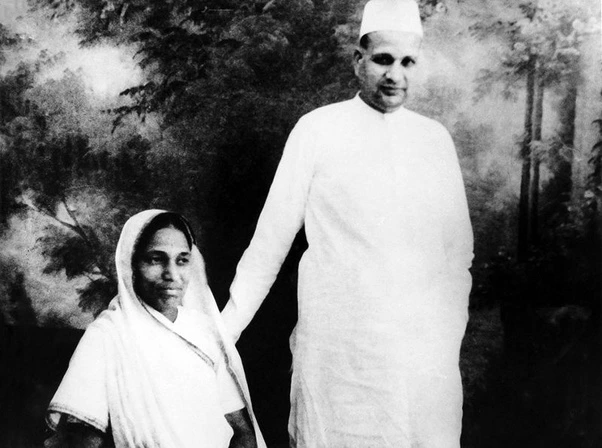Bajaj: Often overlooked in the annals of India’s freedom struggle, Shri Jamnalal Bajaj and his wife, Hon. Janakidevi Bajaj, were powerhouses of the movement. As founders of the Bajaj Group and architects of an enduring legacy, their contributions to India’s independence and social upliftment remain unparalleled.
Born in a humble village in Sikar, Rajasthan, Jamnalal ji was adopted by Seth Bacchraj of Wardha, Maharashtra, an affluent merchant and businessman in Central India. Deeply inspired by Gandhian principles, Jamnalal ji invited Mahatma Gandhi to make Wardha his home. This led to the establishment of Sevagram Ashram, which became Gandhi’s Karma Bhoomi and a headquarters for the Indian freedom movement. Freedom fighters from across the country convened at Sevagram to strategize and carve out the path to an independent India.
A father figure to many freedom fighters, Jamnalal ji ensured their well-being. He built hospitals and guest houses for them, supported the families of martyrs, and financed the education of children whose parents sacrificed their lives for the cause. Bajajwadi at Wardha, his personal residence became headquarters, a home to all freedom fighters. Renouncing the British-conferred title of ‘Rai Bahadur,’ he embraced a life of simplicity in alignment with Gandhian ideals. As Treasurer of the Indian National Congress, he efficiently managed the finances of the freedom movement.
One of his most notable contributions was the construction of Shri Laxminarayan Mandir in Wardha. This became the world’s first temple to welcome Harijans (those oppressed by the social evil of untouchability), breaking age-old barriers of caste discrimination. Gandhiji considered Jamnalal ji his “fifth son,” a testament to his unwavering dedication and moral stature.
The Contribution of Janakidevi Bajaj
Alongside Jamnalal ji, his wife, Smt. Janakidevi Bajaj was a formidable force in the freedom movement. She was imprisoned multiple times by the British for her active participation. A staunch advocate of the Swadeshi movement, she inspired women across India to embrace Khadi and reject British goods. Even in the blistering 40–45°C heat of Central India, she donned thick Khadi garments to set an example of resilience and patriotism.
A visionary with progressive ideals, Janakidevi called for abolishing social evils like the ghoonghat system. At an Agarwal Mahasabha held in Wardha, she urged women to pursue education and strive for financial independence. She spun Khadi herself and became a living symbol of the Charkha movement.
When Jamnalal ji passed away, Janakidevi contemplated performing sati to join him in death. However, Gandhiji dissuaded her, urging her to honor Jamnalal Ji’s legacy by continuing his philanthropic work. She heeded his counsel, dedicating herself to social causes with renewed vigor.

Social Reforms and Recognition
After her husband’s demise, Janakidevi participated in the Bhoodan Movement alongside Acharya Vinoba Bhave and took part in various initiatives for a better India. She traveled extensively through rural India, inspiring women to donate jewelry to build wells and improve water availability. Her relentless efforts helped over 100 villages achieve water self-sufficiency.
In recognition of her contributions, Janakidevi Bajaj was awarded the Padma Vibhushan in 1956, becoming the first woman to receive India’s second-highest civilian honor.
A Legacy of Simplicity and Service
Jamnalal and Janakidevi Bajaj were not just freedom fighters but also reformers who shaped the social and economic landscape of India. Their lives of simplicity, guided by Gandhian principles, continue to inspire generations. From breaking caste barriers to empowering women and fostering rural development, their contributions symbolize the spirit of selflessness and dedication to the nation.
Their story is a beacon of inspiration, reminding us of the power of service, sacrifice, and unwavering commitment to justice and equality.



